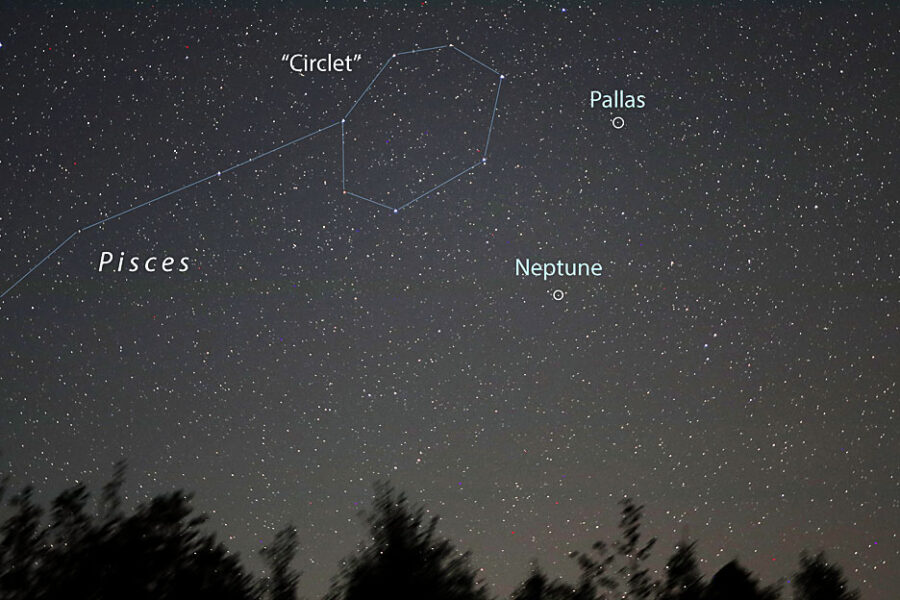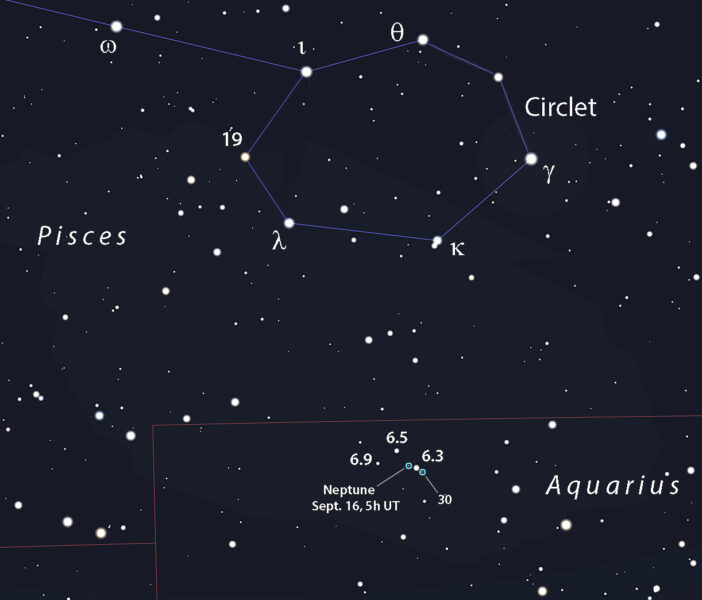On Earth, we experience rain composed of liquid water. On Titan, it rains liquid methane. And on Uranus and Neptune, it rains solid diamonds. For the first time, researchers have now simulated and observed this process here on Earth, proving that this long-held assumption is likely correct, once and for all.
The work, published August 21 in Nature Astronomy, combined a high-powered optical laser with the X-ray free-electron laser at SLAC National Accelerator Laboratory, the Linac Coherent Light Source (LCLS). The LCLS creates X-ray pulses that last a million-billionths of a second, allowing for ultrafast high-precision monitoring of processes that occur all the way down to the scale of atoms. As a result, the researchers were able to watch tiny diamonds form as shock waves passed through plastic, offering a peek at processes that take place in planetary atmospheres on a much grander scale.
The experiment focused on inducing shock waves in a plastic material called polystyrene, which contains hydrogen and carbon — two elements found in abundance inside Uranus and Neptune. According to theory, methane (four hydrogen atoms and one carbon atom) inside the planets’ atmospheres forms hydrocarbon chains that in turn form diamonds in response to the right temperature and pressure. This occurs more than 5,000 miles (8,000 kilometers) beneath the planets’ surface. There, the diamonds precipitate out and sink deeper into the atmosphere, a “diamond rain.”
Though this has been assumed to be the case for decades, the exact process has never been observed in experiments on Earth before now. Some previous experiments failed because the pressures and temperatures inside the atmospheres of these planets cannot be created in the lab for long, and without the ability to record data at the speed afforded by the LCLS, any transitions were missed. Other experiments produced graphite or diamond, but were conducted at lower pressures or required the introduction of additional materials.



